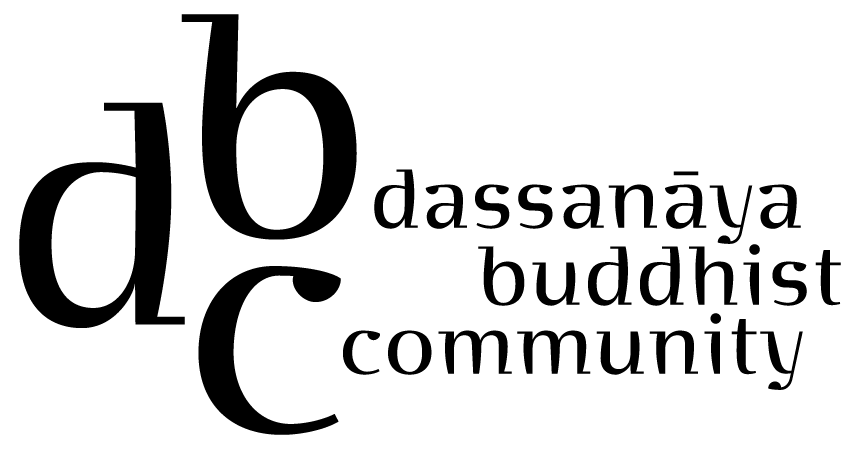Neither Hopeless Nor Helpless: Reflections on the Preservation of Buddhist Art
Reflection on the film “Buddhist Art, Fragile Inheritance”
By Ayya Dhammadipa. Image by Praniket Desai via Unsplash.
The pull of gravity, the crackle of fire, the rush of wind and water, the movements of the Earth’s crust - this film reminded me again and again of the tremendous energies that are working upon all art. Whether it be a building, a wall painting, a statue or a bell, any object that humans create will inevitably be lost. For some of these threats, such as earthquakes, we have no real tools, no way to do anything but brace ourselves for the moment when the forces are unleashed. And when they are, we can respond, at times by repairing and at times by abandoning.[1] However, for other threats such as gravity or humidity, we have developed methods to push back so that we can lengthen the time that we get to spend with our creations. We can fill a void with grout or post a fence against the sand and buy a bit of time. This seems a worthwhile endeavor, since the inevitability of loss need not render us hopeless or helpless.
Yet this responsive capacity engenders questions about where our time and resources will be applied - literally and figuratively.[2] I feel the sense of care behind the statement that The Courtauld will not allow overpainting. However, I wonder whether there really is just one answer to this question. If artists are trained to paint the forms in exactly the same way, with the same shapes and colors, then what is so precious about the older version? This way of training in traditional painting challenges the Western tendency to put the artist in a spotlight and to privilege the old over the new. I wonder, is it the wall painting or the tradition of wall painting that we are trying to preserve? Are they not being trained in “replicating the mythical prototype”[3] and thereby equally sharing the Dhamma? Interestingly, I now understand why someone might offer to cut down the wall and take it home.[4] The monastery can plaster it again and paint anew while using the old way, and everyone will be happy. Or will they?
I feel the pinch when the Director of the Dunhuang Academy states that it only took “cheating and a bit of money” for Western explorers to take home the contents of the now famous Library Cave. Later, when she announces that the heritage of Dunhuang belongs to the whole world, the matter becomes more complex. It belongs to the whole world, but it seems it belongs in China. Perhaps the most important questions in Buddhist heritage are the questions of ethics, the questions of who has the right and the responsibility to care for it. Once those questions are decided, then the methods can be chosen or learned.
[1] Wong, L. and Meegama, S. A. An interdisciplinary approach: The MA program in Art History and
Conservation of Buddhist Heritage at The Courtauld, quoting Muñoz Viñas 2005, Pye and Sully 2007, Henderson 2020.
[2] Sahram, T. The Paradox of Valuing the Invaluable: Managing Cultural Values in Heritage Places, in “Values in Heritage Management: Emerging Approaches and Resource Directions, 2019.
[3] Peleggi, M. 2012. "The unbearable impermanence of things: Reflections on Buddhism, cultural memory and heritage conservation." In P.T. Daly and T. Winter. eds. Routledge Handbook of Heritage in Asia. New York, N.Y. : Routledge, pp. 55-68.
[4] Balachandran, S. (2007). Object lessons: the politics of preservation and museum building in Western China in the early twentieth century. IJCP, 14, 1.
